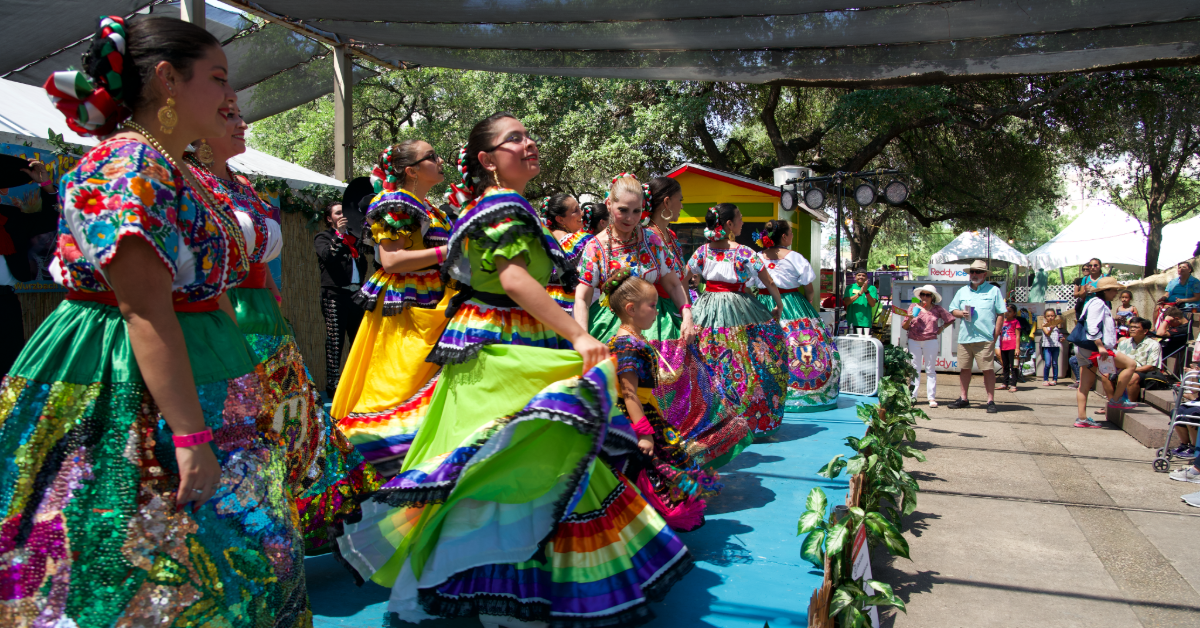In 1997, UTSA was hovering just over 17,000 students enrolled in the four available colleges: the College of Business, the College of Fine Arts and Humanities, the College of Science and Engineering and the College of Social and Behavioral Sciences. The university had just unveiled its Downtown Campus. UTSA offered over 100 undergraduate degrees. Twenty years later, UTSA has expanded into a top-serving institution in Texas.
Tuition for resident and military full-time students hovered around $1,300 per semester; for nonresident full- time students, tuition cost $4,000 per semester. Today, full-time resident and military students pay around $5,000 per semester; for nonresidents students, tuition costs around $11,500 per semester.
The required curriculum has changed since the ‘90s. The core curriculum of the ‘90s required one economics course, one literature
course, one computer science/logic course, one diversity of thought course and one diversity of culture course. The curriculum today falls under fewer categories, but offers most of the same classes. Today, UTSA students are required to take writing composition courses, a component area course and a first year experience course.
The university transition to today has evolved in all aspects. In the ‘90s, Samuel A. Kirkpatrick served as the fourth UTSA President. Kirkpatrick’s goal as president was to secure funding for the planning, development and construction of UTSA. Under Kirkpatrick, UTSA was given $71.5 million for educational programs and buildings under the South Texas Border Initiative. UTSA experienced a massive amount of growth in the 1990s and 2000s, eventually becoming the fourth largest university in the UT-System.
At that time, UTSA was breaking ground on the University Center (UC) with “UC Phase II,” where UTSA students go to buy books and sit in the Retama Auditorium; this expansion tripled the size of the UC. The ‘90s gave way to the construction of the Engineering- Biosciences Building, the Business Building and the Campus Visitors’ Center.
Alongside the Downtown Campus opening, the Institute of Texan Cultures began offering classes to UTSA students. With four academic buildings, the Downtown Campus has become the site of two colleges and two departments of another college.
In 1999, Ricardo Romo became the fifth president of UTSA. Romo came with ambitious plans to grow UTSA; he helped bring more community involvement and academic excellence. He aggressively pushed to expand UTSA with his “Roadmap to Excellence”; under Romo’s tenure, UTSA’s enrollment grew roughly 68 percent. As of 2016, UTSA has over 28,000 students, with over 24,000 being undergraduate students. Romo was the first Hispanic president of UTSA.
In 2000, UTSA grew to six colleges; the Colleges of Business, Education and Human Development, Engineering, Liberal and Fine Arts, Sciences and Public Policy. Shortly afterwards, UTSA added a College of Architecture, Construction and Planning, Honors College and The Graduate School.
In 2004, on UTSA’s 35th anniversary, UTSA opened up the Main Building and Chaparral Village. In 2007, the “Master Plan” was created to guide the physical growth of UTSA as it continued to expand.
The 2000s saw the vast expansion of UTSA both academically and physically with the building of the Biotechnology, Sciences and Engineering Building; expansion of Recreation and Wellness Center; the purchasing and development of the Parks West Athletic Complex; and the opening of Laurel Village and “UC Phase III.”
In 2011, UTSA rung in its first football game with its long- awaited football team under coach Larry Coker.
Today, UTSA is a nationally- ranked research university, a member of Conference-USA, a Hispanic-serving institution and the largest university in San Antonio. UTSA offers 160 degree programs among its 10 colleges. UTSA is a diverse school with a student body comprised of 60 percent underrepresented groups and 45 percent first-generation students. UTSA has the number one ranked cybersecurity program in the nation. In 2016, $83 million was spent on research program expenditures.
UTSA is continuing to expand with the recent groundbreaking of a $95 million Science and Engineering Building, which is the largest construction project in UTSA history.
On Sept. 1, 2017, UTSA also welcomed its sixth president, Taylor Eighmy, who has advanced top-tier research universities.
The past 20 years has seen UTSA grow exponentially. Wherever UTSA is headed, the future looks bright for roadrunners–now and forever.






